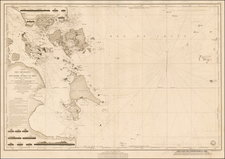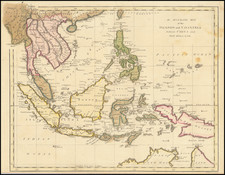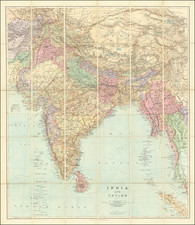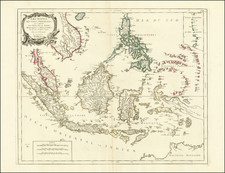A good example of Girolamo Ruscelli's "Tabula Asiae XI", which appeared in the 1574 edition of Ruscelli's "Geographia,"based upon the ancient Greek geographer Claudius Ptolemy's original work with the characteristic finesse of the Italian Renaissance.
"Tabula Asiae xI" is the Eleventh Map of Asia. Based entirely on Claudius Ptolemy's geographical work, it bears the hallmarks of the Greek scholar's methodology - a scientific and mathematical approach to presenting geography, with latitude and longitude lines crisply engraved, providing a grid-like structure for the detailed content within.
The map reveals Ruscelli's commitment to the Ptolemaic model, displaying a faithful rendition of Ptolemy's geographical content, albeit augmented with Ruscelli's finesse. The locations, while referenced from ancient times, are positioned with a precision that indicates a rigorous adherence to Ptolemaic calculations.
Girolamo Ruscelli (1500-1566) was a cartographer, humanist, and scholar from Tuscany. Ruscelli was a prominent writer and editor in his time, writing about a wide variety of topics including the works of Giovanni Boccaccio and Francesco Petrarch, Italian language, Italian poetry, medicine, alchemy, and militia. One of his most notable works was a translation of Ptolemy’s Geographia which was published posthumously.
There is limited information available about Ruscelli’s life. He was born in the Tuscan city of Viterbo to a family of modest means. He was educated at the University of Padua and moved between Rome and Naples until 1548, when he moved to Naples to work in a publishing house as a writer and proofreader. He remained in the city until his death in 1566.









![Tabula Asiae XI [Southeast Asia]](https://storage.googleapis.com/raremaps/img/small/95794.jpg)




![(India) Decima Asie Tabula [Tenth Map of Asia]](https://storage.googleapis.com/raremaps/img/small/101340.jpg)